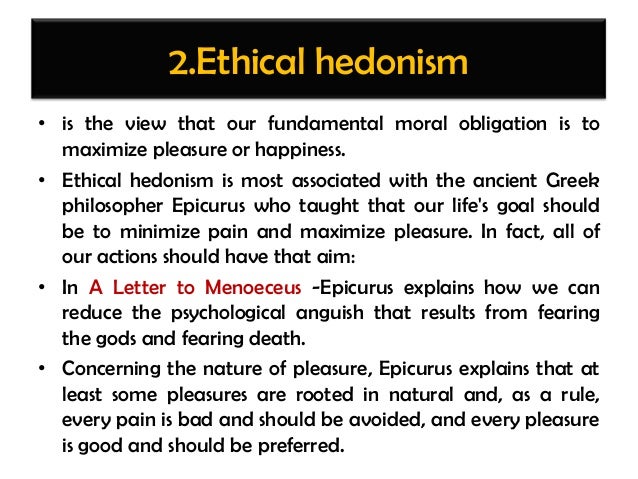

Sources: LHS image Wikipedia // RHS image Take for example the price of a standard 1990 Honda Accord, that cost $12,000 USD at the time, where the 2020 version costs $25,000 USD now. Source: US Bureau of Labour Statistics (BLS), BLS and American Enterprise Institution (AEI)
Hedonic adjustments are used to tv#
This is the only way that they can realistically account for car prices going sideways, or state that TV prices have declined 80%, when in raw price terms, prices are generally higher. Looking at how statistics bureaus use hedonic quality adjustments, it’s obvious they track some sort of quality or total utility metric, over time, with varying assumptions.

Therefore, cost of living has gone up by 10% ($1.0 to $1.10), but the hedonic-adjusted price has not changed ($1.0 to $1.0). Using a hedonic adjustment, we would adjust the $1.10 bag back down to $1.00, as each M&M only costs 1c each. (the producer of M&Ms) finds a way to fill each bag with 110 M&Ms and raises the price to $1.10 per packet. You have a bag of M&Ms that contains 100 little chocolates and costs $1 per packet. This should enrage anyone who receives a defined benefit payment, or anyone working in industries under collective bargaining agreements that increase wages in line with CPI, rather than real-world inflation. In fact, the result over the past 30 years has been a massive differential between real price movements and hedonic-adjusted price movements. We commonly use CPI to measure inflation, but we aren’t measuring raw price changes – we’re measuring the pleasure-adjusted or utility-adjusted price changes, which can be vastly different. Statistics bureaus use hedonic adjustments when calculating CPI, where CPI is conventionally used to measure inflation – general increases in the prices of goods and services. Hedonic adjustments are utilised by economists and statisticians to measure the pleasure or utility, to derive pleasure-adjusted or utility-adjusted economic data. Hedonism refers to behaviours and interactions that are pleasure seeking, where a being will seek pleasure with respect to pain. Corporate revenue has been affected by higher costs and we’re seeing higher costs of goods in stores and in futures markets, so why haven’t we seen the higher prices reflected in CPI? Enter Hedonism We’ve seen this first-hand through higher prices of wheat, corn, barley, oil, timber, iron, copper, bitumen, houses, cat food etc, but yet we’ve only seen muted inflation data thus far, as measured by Consumer Price Indexes ( CPI). We’ve been hearing non-stop news this year about supply-chain disruptions, reduced supply and higher input costs as part of manufacturing and agriculture.


 0 kommentar(er)
0 kommentar(er)
